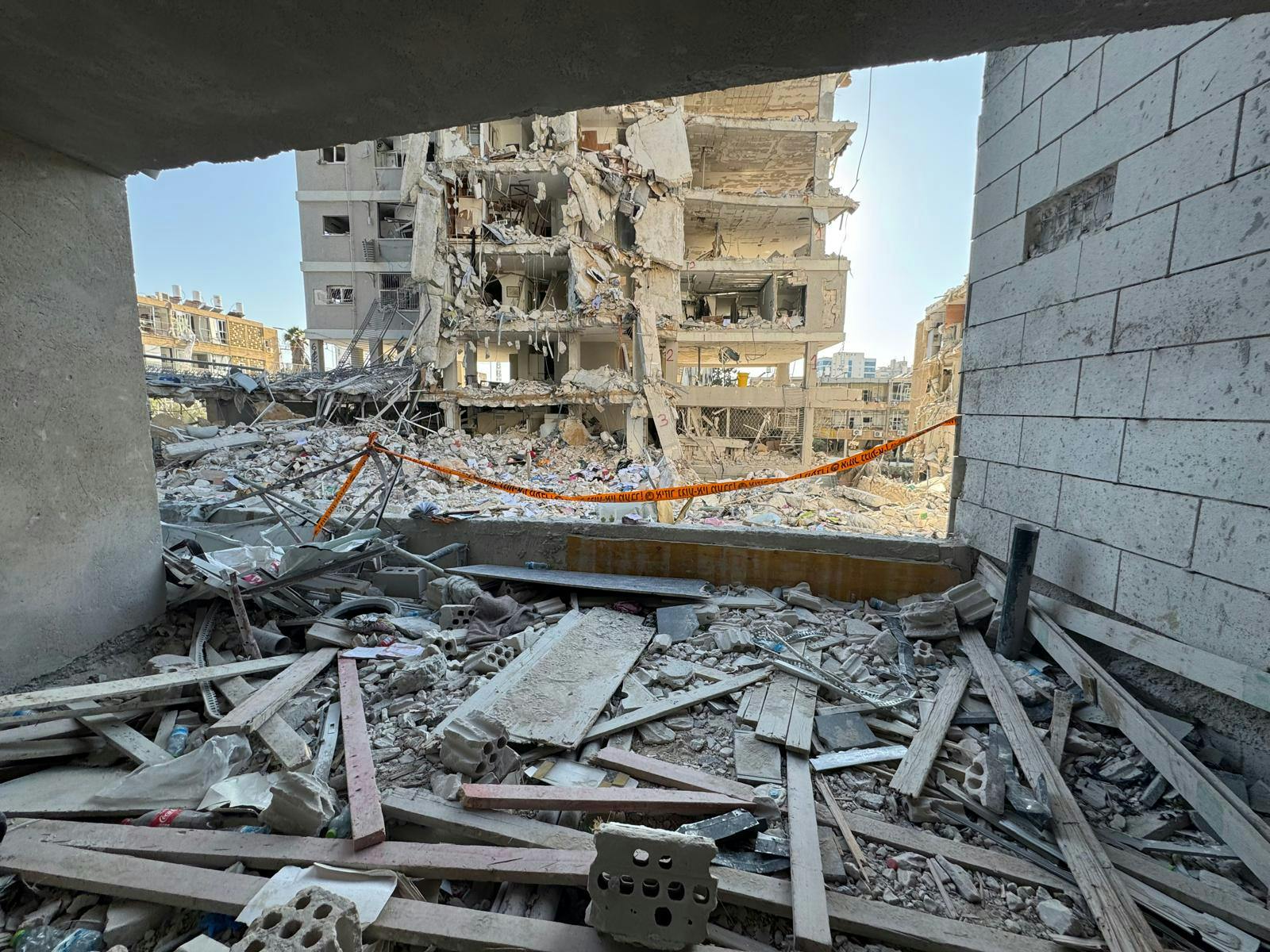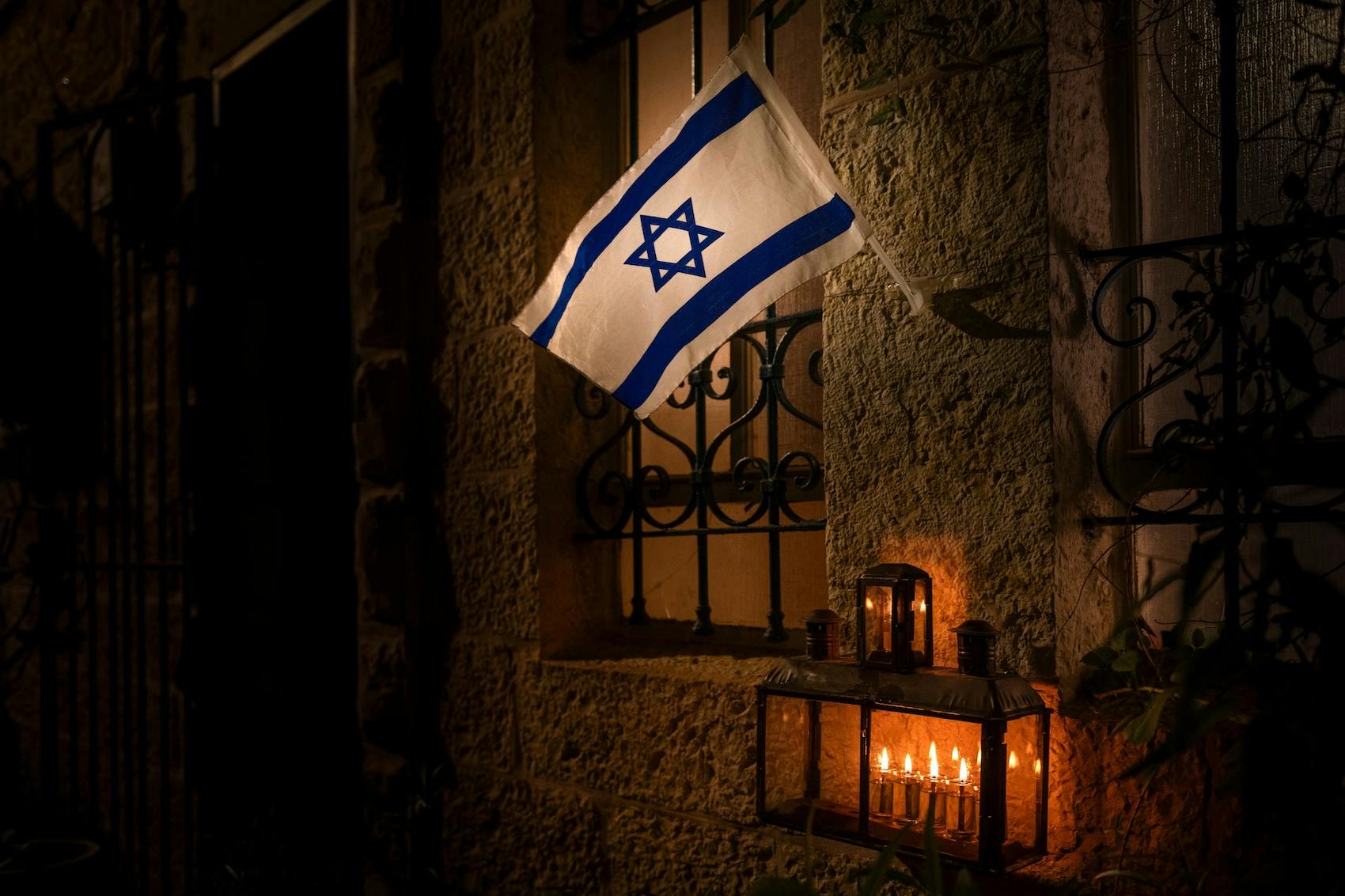“He has cast down from heaven to the earth the glory of Israel and has not remembered His footstool in the day of His anger.”
Lamentations 2:1
Each year, as we reach Tisha B’Av, the 9th of Av on the Jewish calendar (August 3rd this year), we enter a time of deep mourning and reflection. This somber day marks the destruction of not one, but two Holy Temples in Jerusalem, centuries apart. And yet, their tragic falls are bound together by a shared root: Israel’s estrangement from God and the bitter consequences that followed.
Tisha B’Av is not just about what happened in ancient times. It is a cry that echoes across generations—even into the devastation of today. In light of the recent conflict and the destruction of homes in Israel during the Israel-Iran war, this day takes on a renewed urgency and relevance. As we mourn what was lost long ago, we are reminded of what still breaks in our world today—and of God’s call to restore and rebuild.
The Destruction of the First Temple
Solomon’s Temple—the First Temple—stood as a symbol of God’s covenant and presence among His people. Built around 957 BCE, it was the center of Jewish worship for nearly four centuries. But by 586 BCE, the kingdom of Judah had turned from God, descending into idolatry, injustice, and corruption.
The prophet Jeremiah had warned the people of judgment, but they did not listen. The Babylonians, under King Nebuchadnezzar, besieged the city of Jerusalem. On the 9th of Av, the Temple was destroyed, and the people were exiled to Babylon (2 Kings 25). The sacred vessels were plundered, the walls burned, and what was once a place of divine communion became a pile of rubble and ash.
This destruction was more than the loss of a building—it was the breaking of a relationship. Israel had grieved God, and He allowed the consequences to unfold. Yet even in wrath, He remembered mercy.
Lord, I have heard of your fame; I stand in awe of your deeds, Lord. Repeat them in our day, in our time make them known; in wrath remember mercy.
Habakkuk 3:2
The Destruction of the Second Temple
Nearly 70 years later, some of the exiles returned and began to rebuild. The Second Temple was completed in 516 BCE and later expanded under Herod. Though not as glorious as Solomon’s original structure, it once again became the heart of Jewish life.
But history repeated itself. Infighting, sectarianism, and rebellion weakened the nation. In 70 CE, Roman legions under Titus laid siege to Jerusalem. After months of starvation and bloodshed, they breached the walls. On the 9th of Av, they set fire to the Temple. Josephus, the Jewish historian, describes flames consuming the Holy Place as thousands perished. The Second Temple was lost—just as the First had been—on the very same date.
This loss marked the beginning of nearly 2,000 years of exile and dispersion for the Jewish people. No longer centered in Jerusalem, the nation became scattered among the nations. Yet the promise of return always remained.
What Else Happened on Tisha B’Av?
Tisha B’Av has become a convergence point for Jewish tragedy. Beyond the Temple destructions, other calamities also occurred on or near this date:
- The expulsion of Jews from Spain in 1492.
- The start of World War I in 1914 — setting events in motion for the Holocaust.
- Mass deportations from the Warsaw Ghetto during World War II.
This day holds centuries of sorrow in its shadow. And yet, we do not mourn without hope.
Tisha B’Av and Today’s Destruction
In June 2025, we witnessed again scenes of destruction—not by foreign empires, but by modern warfare. The recent Israel-Iran war left thousands of families displaced. Homes were flattened. Neighborhoods reduced to dust. The images resemble, heartbreakingly, the ruins of Jerusalem past.
Is it any wonder, then, that Tisha B’Av still speaks?
When a family in central Israel stands amid the debris of what once was their home, they echo the cries of those who saw the Temple fall. When synagogues are damaged, communities scattered, and children frightened by sirens and explosions, the weight of Tisha B’Av becomes tragically real again.
Yet the message of this day is not only about grief. It is about the longing for restoration.

A Call to Comfort and Rebuilding
After Tisha B’Av, the Jewish calendar moves into seven weeks of consolation, culminating in Rosh Hashanah. From mourning comes hope. From ruins, rebuilding.
We are reminded that God’s presence has never departed from His people. The same God who allowed destruction also promises restoration. Through the prophets, He spoke of a day when the Temple would be rebuilt—not only in stone, but in Spirit.
In our generation, we are called to be part of that rebuilding. Every time we comfort the broken, help the displaced, or restore dignity to the suffering, we raise up something sacred again.
As we witness the destruction left in the wake of war, we are moved anew to act. Vision for Israel is on the ground helping families rebuild—not temples of stone, but homes of hope. With your support, we can continue to distribute food, clothing, and emergency aid. Together, we can answer devastation with compassion.
As you reflect on the meaning of Tisha B’Av, please consider making a donation to help rebuild what has been broken. Let us not allow the sorrow of this day to end in silence. Instead, let it become the beginning of healing.
“Those who sow in tears shall reap with shouts of joy.”
Psalm 126:5
To learn more, read this blog: Tisha B’Av: Remembering the Loss of Zion





